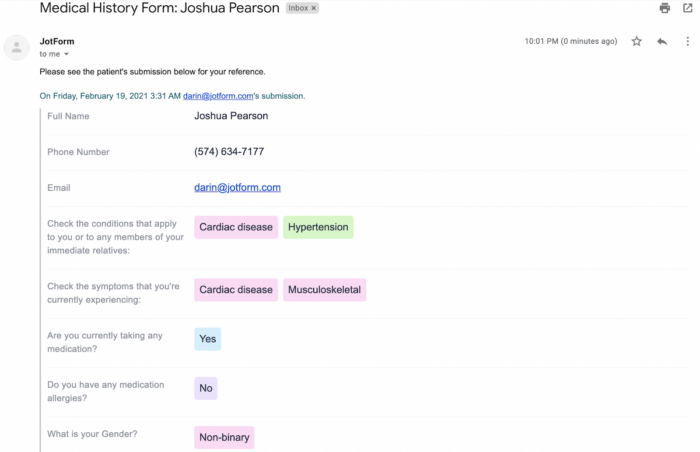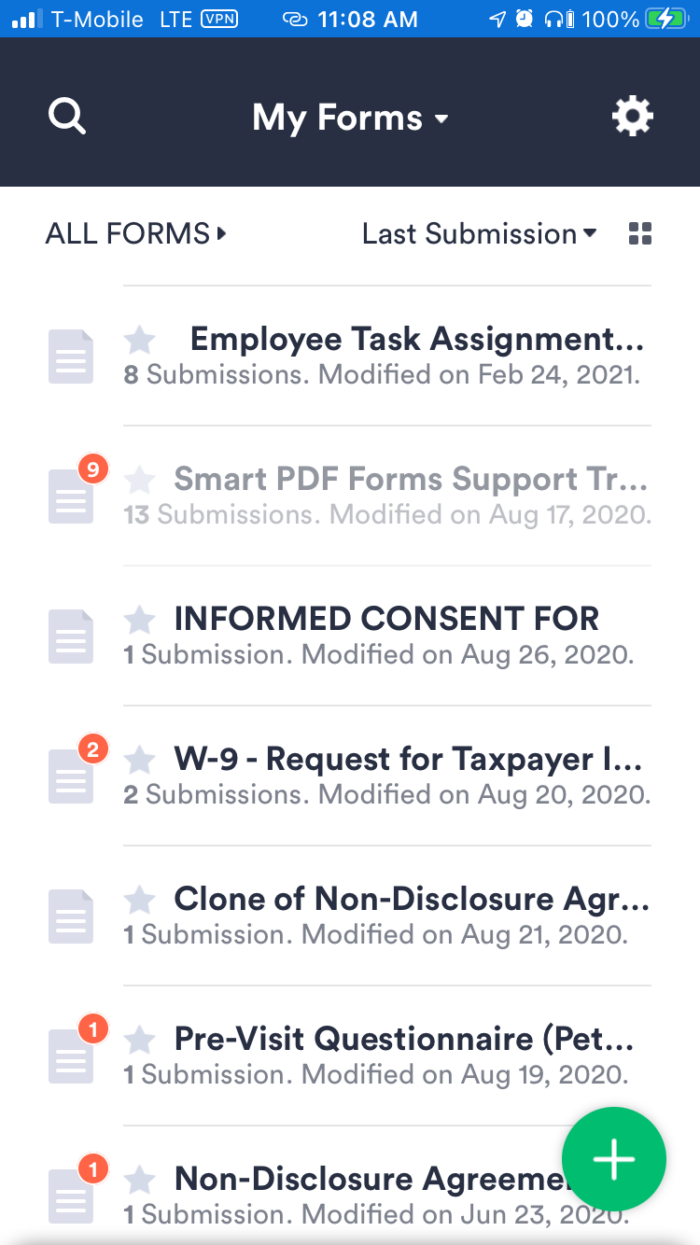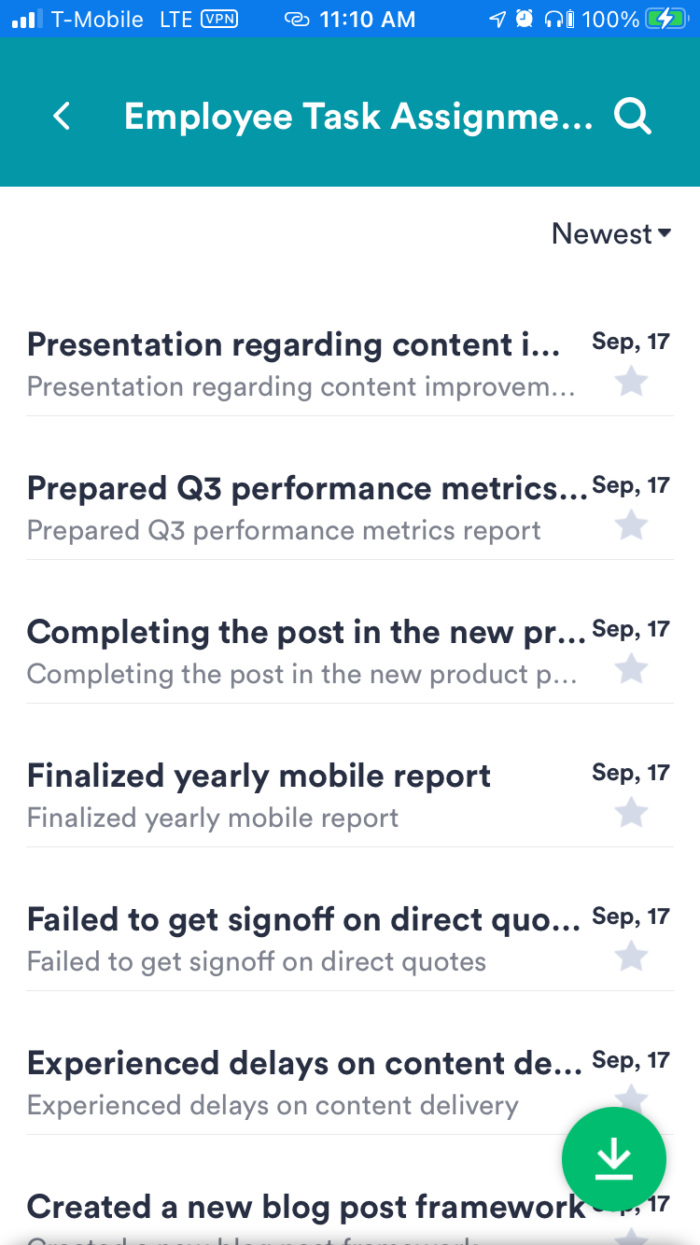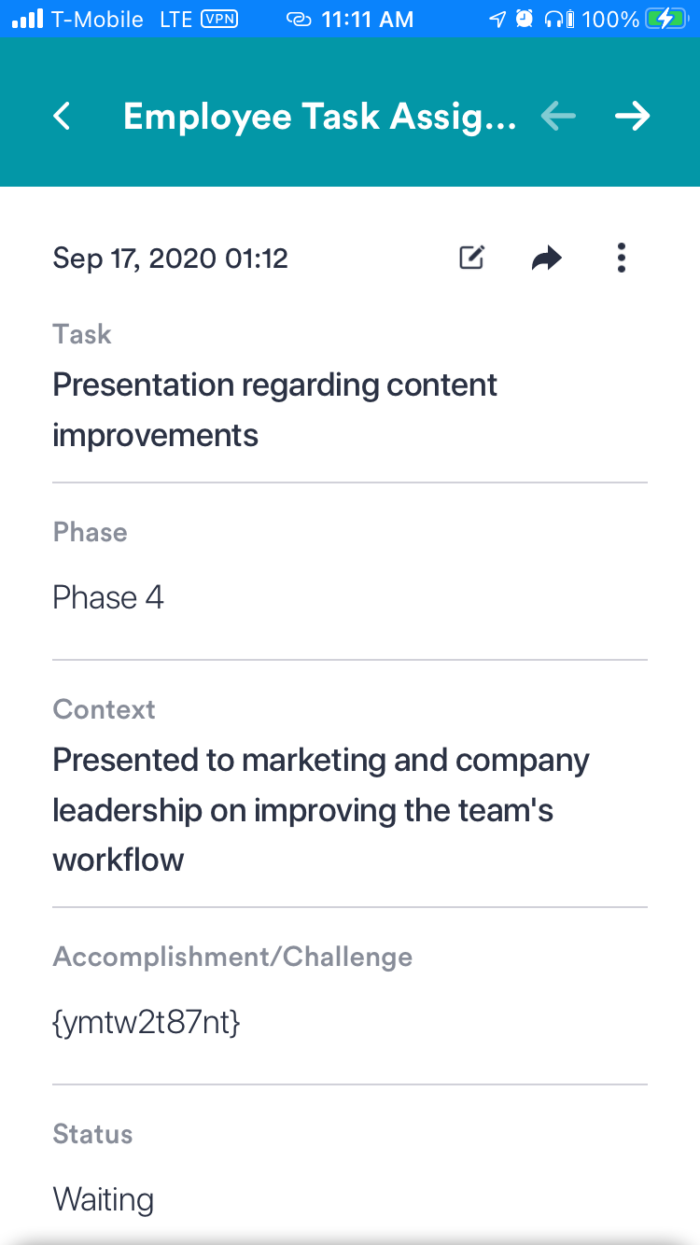In theory, a large enterprise should have well-oiled processes in place for every kind of workflow, work itself should be segmented and easy to navigate, and collaboration between individuals and teams should be second nature.
Too often, though, that isn’t the case. We’ve all heard examples of someone (maybe you) banging their head against the wall because there is no process or the lines of collaboration and communication are broken, and aside from one or two individuals, no one seems invested in creating a better outcome.
Reid Hoffman said, “No matter how brilliant your mind or strategy, if you’re playing a solo game, you’ll always lose out to a team.” That idea applies in many ways but especially to the intersection of team collaboration and technology.
Issues like muddled workflows, separate or disjointed solutions, lack of mobility, and unnecessarily confusing interfaces hamper efficiency and prevent smooth team collaboration — and ultimately better business.
The expected spend for the collaboration technology market is forecasted to reach $13.6 billion by 2024. With that size investment, you would expect the tools to work in a way that allows your teams to perform at the highest level.
In this article, we’ll highlight the issues with collaboration technology (and their effect on data management) as well as the negative impacts they can have on your enterprise; then we’ll discuss ways to address them.
Collaboration technology issues that weigh down enterprises
Before we get to the problems with collaboration technology, let’s talk a little bit about what we mean.
Collaboration technology allows multiple users to collect, manage, analyze, and collaborate on a variety of data types, such as documents, spreadsheets, PDFs, and contracts. In most cases, the software also connects to third-party apps or technology to extend workflow capabilities and enhance the productivity of users (often within the same enterprise or organization).
The purpose of collaboration software is to create an accessible platform for all stakeholders that enables a productive workflow by ensuring all data for any given campaign or project is up to date.
When organizations try to streamline the processes associated with collaboration software, a handful of issues can surface.
Too many tools
One of the main issues is the number of software tools that teams employ to handle specialized functions like messaging, organization, and collaboration. Users are always looking for hacks to speed up their workflow, but ironically, the more productivity apps and tools you add, the worse your productivity becomes.
Unsatisfactory team and third-party collaboration
Another problem that arises with collaboration technology is that the feature set often fails to pave the way for increased collaboration between your team and third parties.
Picture it: You’ve added a project or data collected from customers to your collaboration tool. Colleagues are automatically assigned tasks, but you still have to manually follow up on certain items and requests. Or there may be a hitch in the workflow due to a question about data security or compliance within the platform.
Whether it be from app fatigue or incongruent software, a collaboration tool is only as good as the collaboration it actually produces.
Lack of turnkey data-collection functionality and mobile access
The next issue is related to productivity. Today’s enterprise needs software that provides flawless performance and mobile access so teams can conduct business at events or other places outside the office. Mobile devices have expanded where and how we work, and our collaboration technology needs to be flexible — and connected — well enough to support this.
Difficulty accessing information quickly
The last issue is the frustration we all feel when we can’t access the particular information we’re looking for quickly. When you need just one customer detail, such as an address, photo, or contract, you shouldn’t have to log into your collaboration software, find the right folder and/or category, then scroll through your files, open the right one, and locate the data point you need.
A word about data collection
The collaboration software and app industry is a crowded space that can conceivably include anything from CRM systems to project management tools to email and more. By specializing in collected data, Jotform’s all-in-one workspace enables users to collect, manage, organize, analyze, report on, and share submitted form and survey data on- or offline at scale.
Solving the problems with collaboration technology
Now that we’ve hit on some of the issues that can hamper team collaboration, let’s discuss some of the solutions, with an eye toward the data management and collection space.
Your organization — and the teams within it — shouldn’t need multiple software tools and online platforms (that sometimes don’t work together well) just to collaborate with colleagues or respondents who submit your data. Nor should you have to copy and paste data from one app to another, have endless back-and-forth exchanges in multiple email threads, or transfer sensitive data to other stakeholders through less-than-secure means.
As we explore ways to address the issues with collaboration technology, it’s not only solutions we’re after but the potential for creating better business outcomes.
1. How to rectify the problem of too many tools
Finding an all-in-one solution that allows teams in your organization to manage data and collaborate with others is the goal. More specifically, team members need to be able to efficiently exchange feedback, notes, and questions on submitted information, in addition to communicating directly with third parties — without leaving the platform.
In this scenario, you’re usually looking at a minimum of three apps: the platform where data is stored, the communication vehicle, and the note-taking and collaboration platform.
A great collaboration tool is easy to use. It enables teams to seamlessly share submitted data, work with each other, offer feedback, troubleshoot issues, and follow up with people who submit your organization’s forms or surveys.
Jotform Inbox checks all the boxes.
Apart from helping you get work done in fewer steps and less time, Jotform Inbox makes it possible for teams to collaborate with each other in a single place without the help of any other software solutions.
As a tool that seamlessly organizes and archives submitted information from your online forms and surveys, Jotform Inbox enables teams within your enterprise to create and attach tags to responses from specific people. By using tags, anyone with access to an Inbox for a specific form can see where people — and their submitted responses — stand in specific workflows.
Tags also make it easy to search for online form responses that are archived under a specific project or team name.
With the help of these practical, time-saving features, teams within your organization can take action on any incoming information that arrives in Jotform Inbox, and sync up with colleagues or the person who filled out a form without relying on other software tools to facilitate the process. Plus, this workflow creates more efficiency by eliminating the need to resolve issues or share feedback in endless email threads that can get lost in the shuffle.
Did you know?
Jotform Inbox is but one component of Jotform’s all-in-one platform. Your team can automatically organize, manage, analyze, view, and report on any data you’ve collected (or migrated from another form builder). With Jotform Tables, PDF Editor, Smart PDF Forms, Mobile Forms, and hundreds of connected integrations and widgets, Jotform reduces the need for additional tools, streamlines your workflow, and clears the way for higher team productivity.
Interested in learning more? Contact one of our friendly salespeople to give Jotform Inbox’s features a try today and see how seamless it can be to collaborate with your team.
2. How to ensure strong team and third-party collaboration
Generally speaking, organizations have been using tried and true collaboration services like Sharepoint to share and manage content for years. Yet when it comes to collaborating on data collection, if you’re downloading data from a form builder to a separate workspace, this can create a productivity gap.
Additionally, at a time when remote work and asynchronous communication are becoming the norm, teams (including third parties) are increasingly relying on a number of software tools to collaborate and keep tabs on their tasks.
Jotform Inbox improves this process by allowing you to view information, share it, and trade comments about it with colleagues or the people who provided the data — in the same workspace where your data was collected. With Jotform Inbox, you can add notes to individual form responses and specific items within them that need attention.
Clicking the Notes icon in a form response or beside specific line items within it displays any questions, comments, or feedback in a window on the right-hand side of the screen.
If forms are assigned to certain teams or colleagues within the enterprise, Jotform Inbox enables the stakeholders to trade notes on responses.
For third-party stakeholders, such as vendors, contractors, and consultants, Jotform Inbox enhances the collaboration process by enabling teams to share individual form data with anyone via email.
Forwarding submitted form data from Jotform Inbox is useful when information must be shared with teams that don’t have access to your organization’s Enterprise account.
Team members can share submitted form responses via customizable emails, which can include detailed feedback or instructions to specific teams and anyone else who needs the submitted data.
Once the email message is sent from Jotform Inbox, the individual form response will be automatically delivered to all recipients.
While forwarding individual form responses can be helpful when sharing specific information, there may be times when stakeholders need to see all of the information that has been received on a project to expedite collaboration.
Jotform Inbox gets everyone, whether external stakeholders or teams within your organization, on the same page by giving them access to all of the responses that were submitted through a specific online form.
The most convenient way to share an Inbox for a form is by providing colleagues with a link to it.
Conversely, if you ever want to cut off their access to an Inbox, simply select the Generate New Link option.
Though sharing proprietary or sensitive data, such as personally identifiable information and protected health information, can come with more than its fair share of risks, Jotform Inbox enables administrators to maintain complete control over how an Inbox is shared.
For enterprises, Jotform offers single sign-on for an added layer of convenience and security. Any data collected via Jotform’s workspace is protected with a 256-bit SSL connection, GDPR compliance, CCPA compliance, and the option to encrypt your forms. Also, Jotform provides optional features that help with HIPAA compliance for healthcare providers.
For instance, access to an Inbox can be limited to people invited by administrators or to colleagues within your organization who have the same email domain.
Jotform Inbox also enables administrators to control what colleagues or stakeholders can do with the submitted form information that’s being shared and to determine how long their access should last.
With the combined management and sharing features of Jotform Inbox, collaboration becomes easier for your entire team.
3. How to ensure seamless performance and mobile data collection
As we mentioned earlier, today’s workplace and the devices we work on are fluid. Businesses need collaboration technology solutions that ensure reliability.
The Jotform app and Jotform Inbox make it simple to collect data on the go. Users can easily check their inbox on a mobile device or tablet and access all of the same features they have on a desktop computer.
If you don’t yet have it, download the Jotform Mobile Forms app. Within the app, you’ll have access to all of your online forms and surveys.
Open your Jotform app and log in to view your forms and submission data, forward submissions to other stakeholders, or download data as a PDF.
On the performance front, Jotform has a near perfect uptime ratio of 99.9 percent, so you and your team will always be able to access your data. Additionally, you can always check Jotform’s operational status in real time here. Jotform servers are co-located in cloud-based architecture with Google Cloud and Amazon Web Services (AWS).
By working with Google Cloud to host our redundant application and data servers and AWS to replicate our data continuously, we proactively provide increased redundancy and flexibility for our servers and associated data.
Did you know?
Our mobile forms allow users to collect data and meet customers’ needs more flexibly with our touchless kiosk. This is convenient for event marketers who need to collect lead and customer information, regional utilities or government entities, or construction firms that work regularly in the field.
4. How to quickly access certain information
Finally, Jotform Inbox helps you access those key bits of information you need by allowing users to easily scan and skim their submission data.
Better yet, users don’t have to manually click on each submission to view it; they can simply scroll up and down. Need to check if someone has sent the team a release form, contract, or invoice? With a convenient search bar located at the top left of Jotform Inbox, users can effortlessly search for and find specific submissions with zero hassle.
You can also sort and locate form submission data with a tag. Adding tags to incoming form responses in Jotform Inbox can simplify the search for data and improve your organization’s data management practices.
Apart from using premade tags that indicate where form responses are in certain workflows, Jotform Inbox also enables you to create customizable tags. This tagging option can come in handy if you need to monitor which responses are tied to specific teams or projects.
Learn how your enterprise can benefit from Jotform Inbox
Jotform Inbox not only streamlines the data sharing and collaboration process by solving common problems associated with disparate software solutions, but it also creates a frictionless workflow for your organization.
Contact one of our friendly salespeople to give Jotform Inbox’s features a try today and see how seamless it can be to collaborate with your team.




















Send Comment: